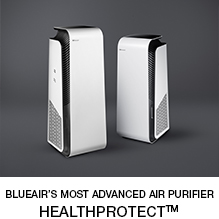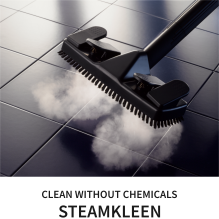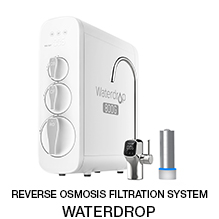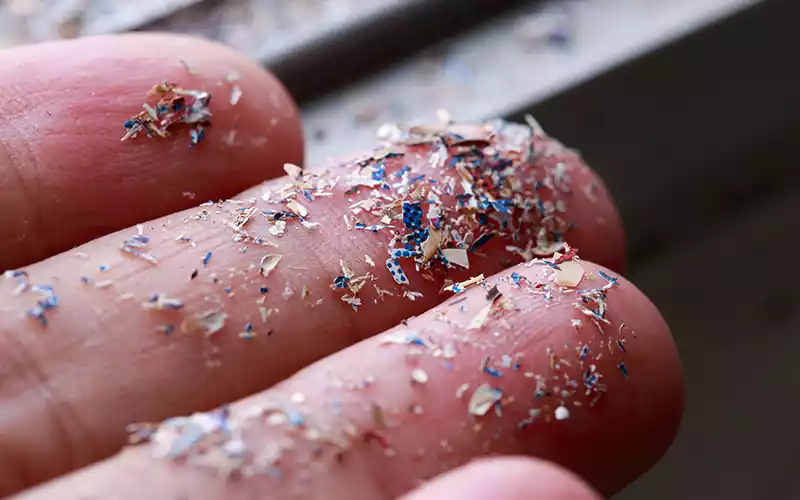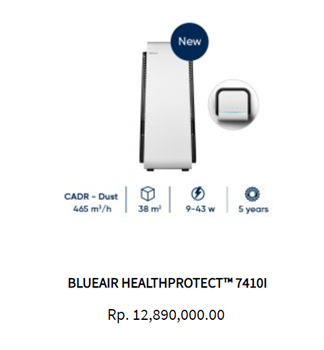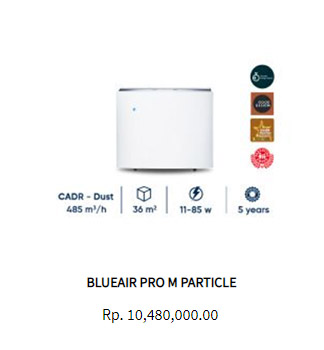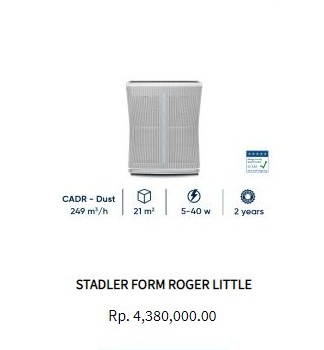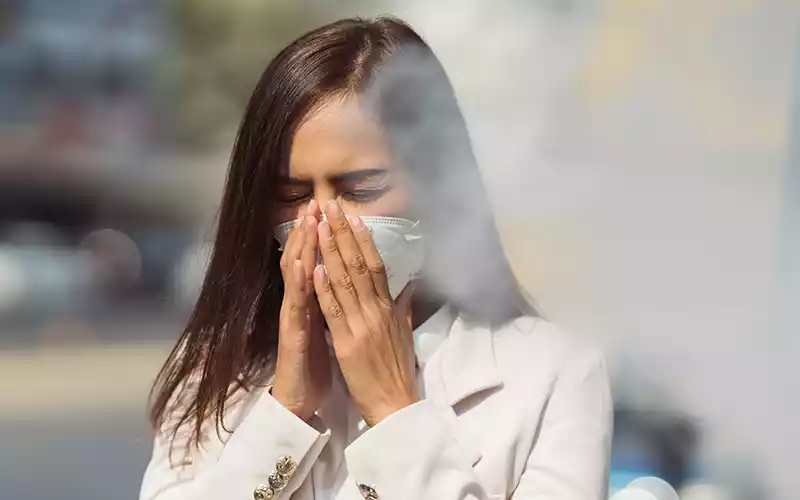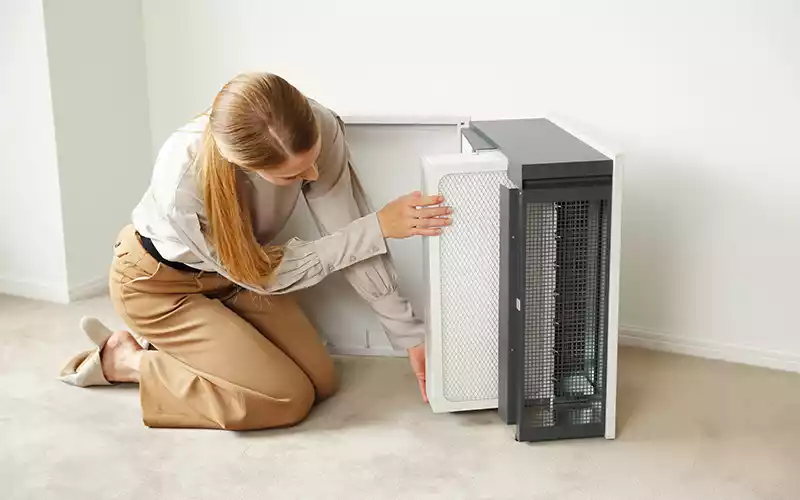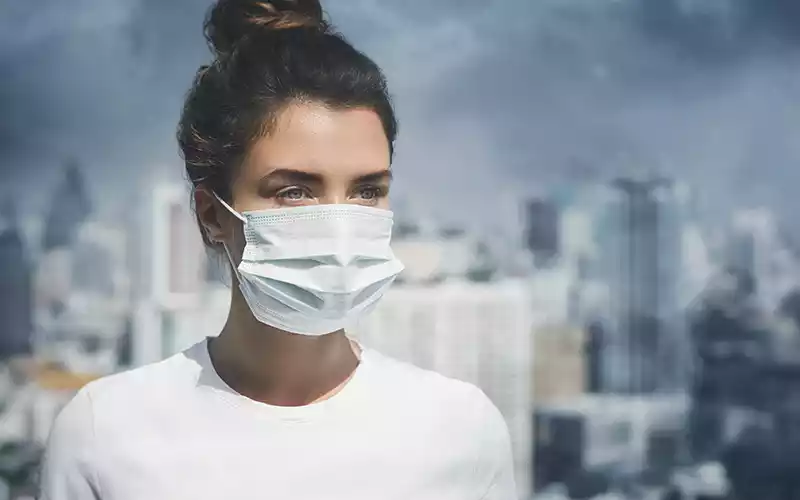- Any plastics that are less than 5 millimeters in length are considered microplastics. They come from anything that has traces of plastic.
- Microplastics carry pollutants that can harm you once inhaled. The body is unable to dispose of all microplastics.
- We are exposed to a higher concentration of microplastics when we are inside than when we are outside.
People today are unknowingly consuming microplastics. What are microplastics? To start, microplastics are plastics that are no bigger than 5 millimeters in length. They originate from anything that contains traces of plastic. Toothbrushes, baby bottles, food packaging, clothes, you name it. Microplastics are everywhere.
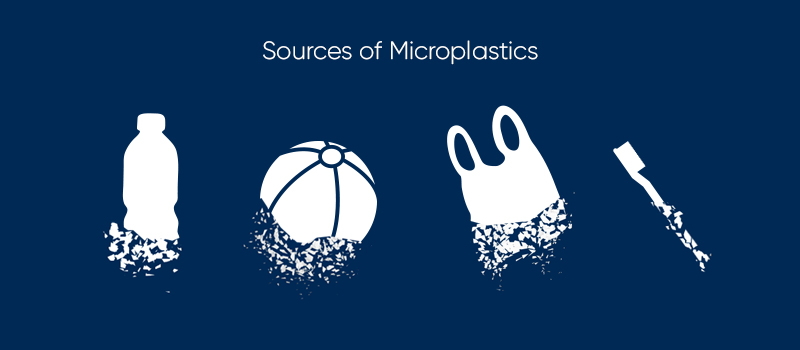
Microplastics can be found everywhere! Even in your food and drink.
Microplastics often carry pollutants such as bacteria and traffic emissions which you can unintentionally inhale. From there, these pollutants make their way into the bloodstream and irritate your lungs, making you vulnerable to coughs, wheezes, asthma, etc. Children, whose lungs are still developing, often end up inhaling more microplastics in comparison to adults due to breathing quicker. As a result, they are most vulnerable to microplastics and their effects.

Studies show that animals exposed to microplastics suffer deadly side effects. Sea creatures such as fish and turtles, ingest microplastics and are unable to dispose of them. The chemicals in microplastics make them lose the will to eat and they eventually die of starvation.
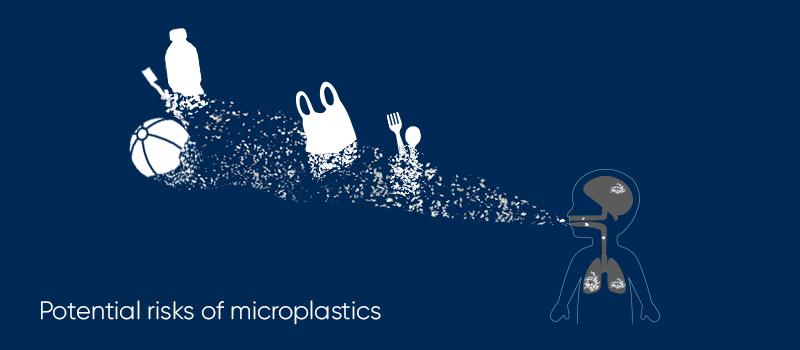
Scientists still don’t fully understand microplastics and probably don’t know all its dangers, but some of the known side effects of microplastics include various lung diseases, coughing, reduced lung capacity and potentially increased cancer risks, damaged nervous systems, metabolisms thrown off balance, and for pregnant women, stunted foetal growth which can affect a child’s development. Once inhaled, some of these tiny particles go deep into the lungs and stay lodged in lung tissue; this indicates that the body is not able to rid itself of all microplastic particles. Even though we don’t know everything about microplastics, one thing is for certain: The less microplastics one inhales, the better.
The Indonesian government has issued a string of regulations to decrease the amount of single-use plastic bags by getting shops and supermarkets to sell and promote the use of reusable bags. Even though this strategy somewhat eliminates the spread of microplastics in the environment, we might need to do more in order to eliminate the microplastics that are present inside our homes.
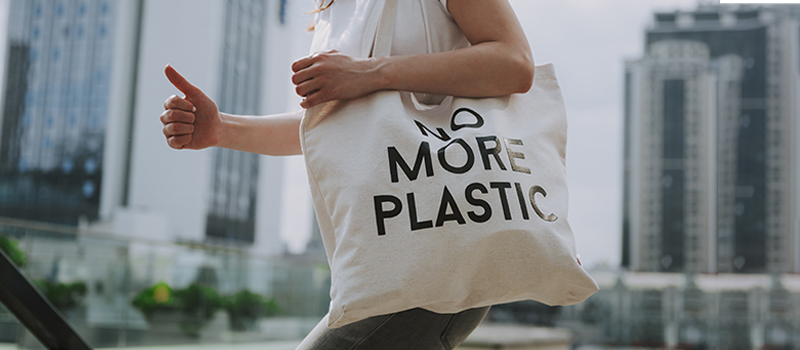
The “No plastic bags” regulation has been going on since 2020, at the start of June.
There are various ways microplastics can enter your home and almost no way to avoid them. The amount of plastic is so great, a human can inhale a credit card’s worth of microplastics in one week!
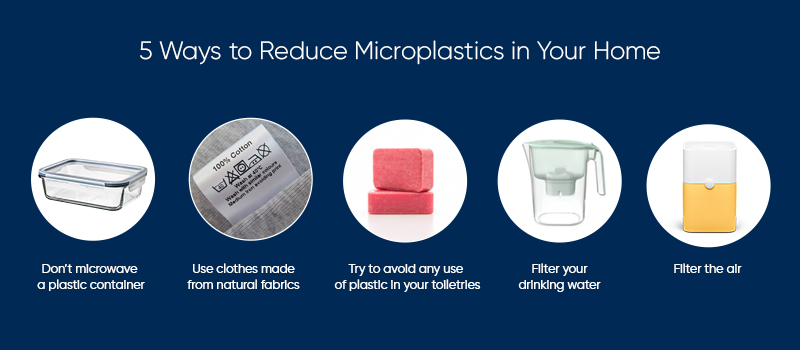
Here are some strategies that can help reduce the amount of microplastics in your home and make it a safer and healthier space to be:
1. Don’t microwave a plastic container Microplastics can get onto food via microwaving plastic containers.
No matter what you do, no matter how little you microwave the food, no matter how “safe” the labels claim it is, there will always be microplastics in your food as a result of microwaving it. Next time, don’t microwave the container. Better yet, don’t use a plastic container at all. There are many better alternatives made of glass or metal.
2. Use clothes made from natural fabrics
Most clothes nowadays have microfibres inside of them. You can avoid this microplastic sub-group by purchasing clothes made from natural fabrics. Even though this won’t guarantee total safety from these toxins, the drastic reduction of microplastics will be worth the effort.
3. Try to avoid any use of plastic in your toiletries
There are probably many obvious plastics in your home such as plastic bottles, plastic bags, single use plates, etc. However, some of these plastics are overlooked, considering how well they fit into today’s world. These plastics are none other than toiletries. The bristles of a toothbrush are made of plastic. Toothpaste contains microbeads which have microplastics of their own. Your shampoo/soap initially come from plastic packaging before they are transferred into a container which is probably plastic as well. It’s almost impossible to dispose of plastic toothbrushes, but it is possible to find toothpastes without microbeads in them and it’s also possible to put your soap and shampoo in non-plastic containers.
4. Filter your drinking water
Your water tank will definitely have some traces of microplastics, resulting in polluted water. You can get rid of the polluted water by filtering the water prior to drinking it. Filtering the water won’t guarantee pollution-free water, but it, like the other methods, will definitely decrease the amount of microplastics ingested.
5. Filter the air
The concentration of microplastics is 45 times worse inside than outside. The air inside is more toxic than the air outside. This is where air purifiers can come into play. Air purifiers can capture particles up to 0.1 microns small. Some examples of these types of particles are dust, silt, bacteria, viruses, and most importantly, microplastics. It’s always good to have multiple air purifiers around to remove the majority of the microplastics and ensure that most of the air is safe to breathe in.
Here are 6 ways to remove microplastics from your home. As a result of following these examples, your home will be a healthier and safer space to live in.
Written by Uma Rahardja (14-year-old)
In conjunction with #Freedomtobreathe campaign by Blueair, Higienis Indonesia invites kids to voice their understanding and thoughts on air pollution, its adverse health effects, as well as mitigating actions required. This article was authored by a 14-year-old girl from Jakarta who is concerned with microplastics.
Disclaimer: The author of this article has given full consent to publish their writing on www.higienis.com. The opinions expressed in this article are that of the author’s own and do not entirely reflect the view of Higienis Indonesia. Any content provided by the author does not intend to malign any brand, company, organization, or individual.
SOLUTIONS

